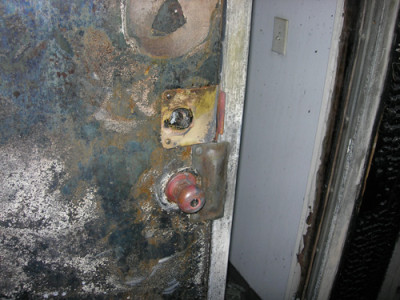Fire Debris
When under suspicion, fire debris is most commonly examined for the presence of accelerants. While we conduct accelerant analyses, we also encounter a wide range of less commonly encountered fire related questions, which can be approached through a combination of chromatography and microscopy.
Accelerant Analysis
Accelerant analysis at Microtrace is generally conducted by GC-MS. Materials used to start fires are typically volatile organic compounds. Since they are volatile, GC-MS is the preferred technique to detect traces of these compounds. Sampling for these compounds is typically conducted using a headspace analysis. Within this type of analysis, Microtrace can help an investigation to determine if foul play was likely and which types of accelerants were likely used.
In the course of industrial investigations, we have also examined samples for the presence of other flammable compounds including gases such as methane and hydrogen as well as more exotic volatile chemical species.
Atypical Fire Investigations
In some cases, accelarants may provide only part of the answer. The examination of physical evidence can provide a great deal of additional support linking a suspect to a crime scene. Such analyses at Microtrace have included matchbook to matchstick comparisons as well as analysis and comparison of match head particles. These types of examination typically rely upon a combination of light and electron microscopy, elemental analysis, and vibrational spectroscopies.
Soot and Char
In other investigations, the identification of deposits such as soot and char from fire (such as home or even forest fires) or industrial combustion sources becomes significant. To learn more about how we can assist in this type of investigation, please go to our page on soot and char.
Litigation Support
Microtrace provides full legal support, including testimony, for fire debris analyses (read more).
Related standardized methods: ASTM E1386, E1388, E1412, E1413, E1618, E2154, E2451, E2881
How May We Help You?
Contact usto discuss your project in more detail.








